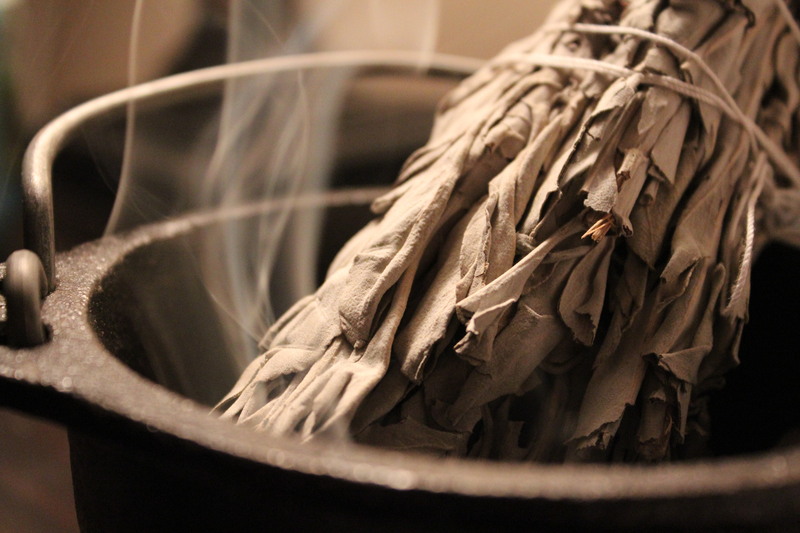Moving a Piano: The Intricacies Behind Why It's Not a DIY Task
Posted on 18/05/2025
Moving a Piano: The Intricacies Behind Why It's Not a DIY Task
Transporting a piano is no ordinary moving job. Despite common misconceptions, relocating such a delicate and massive musical instrument is far more complex than simply shifting furniture or packing boxes. This comprehensive guide dives into the complexities of piano relocation, explaining why hiring professionals is almost always the safest and most sensible choice. If you're considering a do-it-yourself approach to piano moving, read on to discover the compelling reasons to rethink your strategy.

Understanding Pianos: More Than Meets the Eye
Piano Anatomy: Not Just a Big Box
A typical piano is an extraordinarily complex creation comprising thousands of moving parts working in harmony. There are two main types:
- Upright Pianos - Compact but still extremely heavy, they range from 300 to 800 pounds.
- Grand Pianos - Larger, often up to 1,200 pounds, requiring even more consideration due to their size and structure.
What sets a piano apart from regular furnishings is the delicate balance between its internal mechanisms (action, strings, soundboard) and the visual artistry of its outer case. Even slight mishandling can lead to misalignment, damage, or costly repairs.
Why Is Moving a Piano So Challenging?
Unlike other pieces of household furniture, pianos are both incredibly heavy and astonishingly fragile. Additional challenges include:
- Irregular weight distribution
- Vulnerable casters and legs that don't support lateral movement
- Sensitive keys, pedals, and strings which can easily be damaged
- High-gloss finishes susceptible to scratches and dents
Put simply, piano relocation is a logistical puzzle that exposes even minor mistakes.
The Risks of Attempting a DIY Piano Move
Physical Hazards Involved in Piano Moving
Moving a piano isn't just challenging; it's risky. The average upright piano weighs as much as six adults combined. Trying to move this weight using conventional methods can result in:
- Severe physical injury--including strains, sprains, and crushed fingers or limbs
- Broken stairs or cracked flooring
- Lost grip leading to uncontrollable movement or tipping
Pianos also have a high center of gravity, making them especially prone to toppling. Not only does this endanger the movers, but it can also cause catastrophic damage to the instrument and the home.
Potential Damage to Your Home and Piano
- Even a small miscalculation can leave scrapes on walls, divots in hardwood floors, or damaged banisters.
- The piano itself can sustain internal or external injuries. This includes cracked soundboards, misaligned hammers, or shattered pedals.
- Homes with tight hallways, stairs, or narrow doorways present additional risks.
Replacing or repairing a damaged piano often costs more than hiring qualified movers in the first place.
Why Professional Piano Movers Are Essential
Specialized Training and Techniques
The hallmark of a reputable piano-relocation service lies in their expertise. Professional movers are:
- Trained to assess and plan each move based on the piano's type and building layout
- Experienced in navigating cramped spaces and staircases without damage
- Skilled in dismantling, wrapping, and reassembling pianos
Precision is key--professionals use tested strategies to ensure instruments arrive intact and ready to play.
Specialized Equipment Makes All the Difference
Moving a piano safely isn't possible with standard dollies or straps. Professional piano movers bring equipment such as:
- Piano skids and boards for stable transport
- Heavy-duty straps and ramps for lifting and lowering
- Custom padding and wraps to protect delicate surfaces
- Climate-controlled vehicles for upright and grand pianos alike
Attempting a DIY piano transport without these tools spells disaster for both your instrument and your back.
Insurance and Peace of Mind
Even with careful planning, accidents can happen. The crucial distinguishing factor is that professional piano movers carry comprehensive insurance. Should anything go wrong, you're financially protected--unlike in a DIY scenario, where damage or injuries may not be covered by standard homeowner's policies.
The Step-by-Step Process Used by Professional Piano Movers
1. Detailed Assessment and Planning
Piano moving professionals begin with a site assessment. They measure doorways, assess the weight and structure of the piano, and develop a strategic route from pickup to placement.
2. Disassembly and Protection
- Grand pianos: Legs, pedals, and the lyre are removed, and the body is placed on a skid.
- Upright pianos: Moving parts are secured, keys and pedals are protected with padding.
Extensive padding and custom wrapping reduce the risk of chips and scratches.
3. Safe Lifting and Transport
Using a team approach, movers carefully lift and maneuver the instrument onto piano dollies or skids. Special attention is paid to balance and support throughout the process. In buildings with stairs or ramps, movers employ additional safety devices and techniques.
4. Secure Transit
The piano is secured in the moving truck using heavy-duty straps and cushioning. For long-distance piano moves, climate-controlled vehicles help maintain the instrument's integrity by protecting it from humidity and temperature changes.
5. Reassembly and Final Placement
Once at its destination, the moving team carefully reassembles the piano and places it according to the owner's wishes. Any fine-tuning or minor adjustments are addressed at this stage.
Common Myths About Moving Pianos
Myth #1: With Enough People, Anyone Can Move a Piano
It's not just about strength. Piano relocation demands skill, experience, and technique--otherwise, the risks skyrocket.
Myth #2: Moving a Piano Doesn't Affect Its Sound
Improper movement can cause internal damage invisible to the eye but highly audible in the music. Changes in tension, alignment, and even temperature shifts can require costly repairs or retuning.
Myth #3: Piano Moving Equipment Isn't Necessary
Resorting to makeshift tools--such as furniture dollies, regular straps, or towels--offers next to no real protection.
True piano moving equipment is engineered for safety, stability, and efficiency.
The True Cost of DIY Piano Moving
Hidden Costs and Hazards
- Medical bills from personal injuries
- Repair expenses for both the piano and your property
- Unanticipated rental fees for specialized equipment you may end up needing anyway
Professional piano moving fees typically range from $200 to $1,000, depending on distance and complexity--a small price to pay for safeguarding irreplaceable instruments and your health.
Peace of Mind is Priceless
By trusting experienced piano moving professionals, you can enjoy:
- Reduced stress
- Far fewer risks
- Guaranteed protection for your piano and property
- More time to focus on enjoying music at your new location
Expert Tips for a Successful Piano Move
1. Always Hire Experienced Piano Movers
Verify mover credentials. Look for:
- Specialization in piano transportation
- Positive reviews and testimonials from other piano owners
- Proper insurance coverage and licensing
2. Prepare Your Home
- Clear hallways and entryways
- Protect floors with carpet runners or pads
- Keep pets and children clear of the moving path
3. Schedule Tuning Post-Move
Pianos should be tuned after moving, allowing them time to adjust to their new environment before professional tuning or servicing.
4. Communicate With Your Movers
Share any unique concerns, such as valuable antiques or artwork near the moving path, tricky staircases, or parking restrictions. This allows movers to plan accordingly and prevent surprises.

When Do You Need to Move a Piano?
- Relocating to a new home
- Renovating or redecorating a room
- Transferring instruments between schools, studios, or performance venues
- Inheritance or sale of a piano
In all these cases, don't underestimate the challenges involved. Professional piano moving services offer the best chance for a safe, stress-free experience.
Conclusion: Leave Piano Moving to the Experts
The complexities of moving a piano extend far beyond size and weight. From safeguarding the intricate internal workings to navigating tight spaces and unpredictable hazards, the risks of DIY piano relocation are simply too high. Professional piano movers bring the specialized tools, skills, and experience necessary to protect your prized instrument and your home. In the end, the peace of mind and preservation of your piano's value and sound quality make investing in expert help the clear, rational choice.
So, the next time you find yourself needing to move a piano, put down the dolly and reach for the phone--because when it comes to these magnificent musical masterpieces, expert handling is always the right move.



